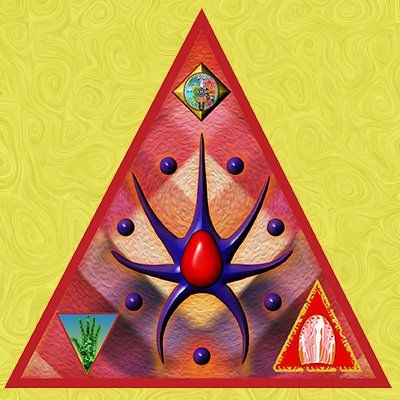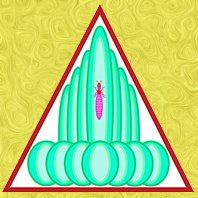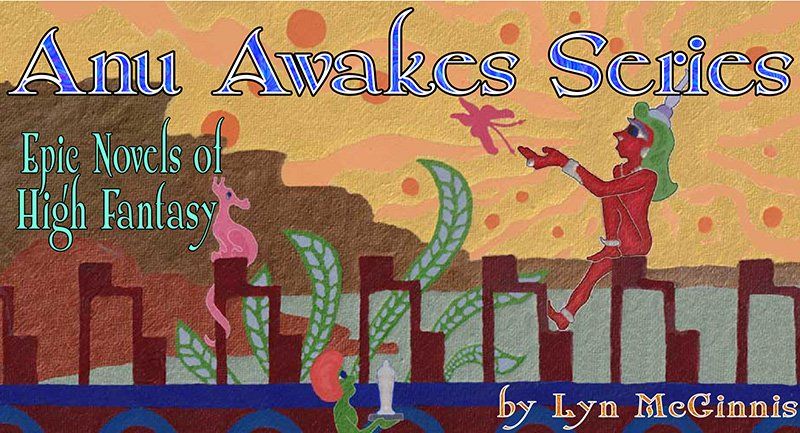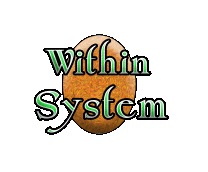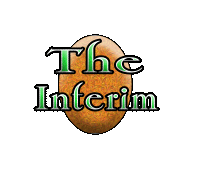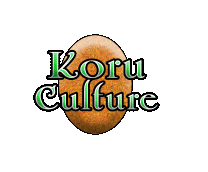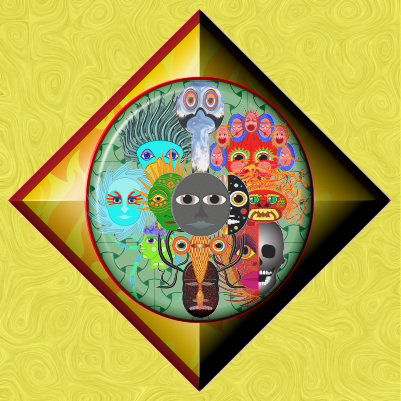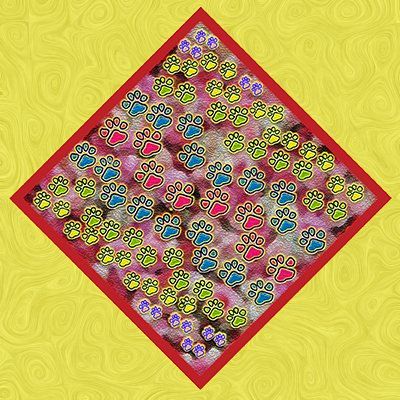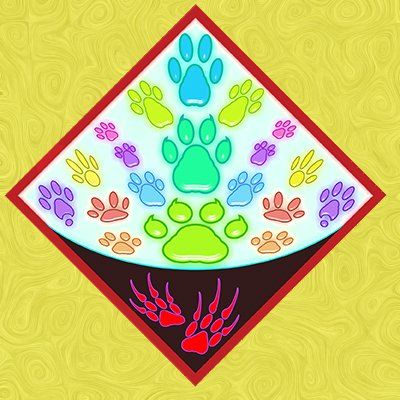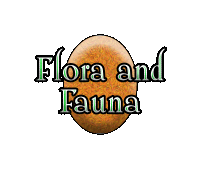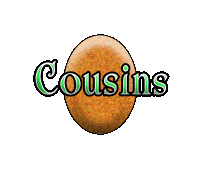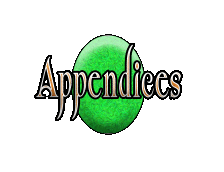
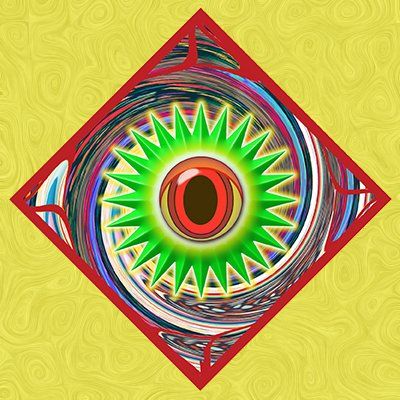
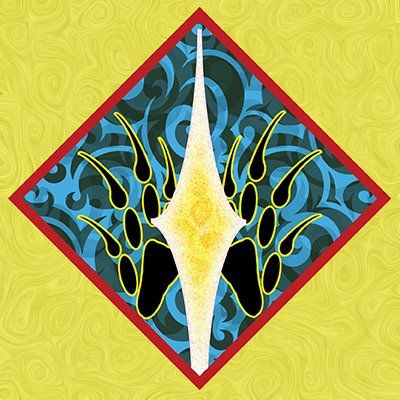
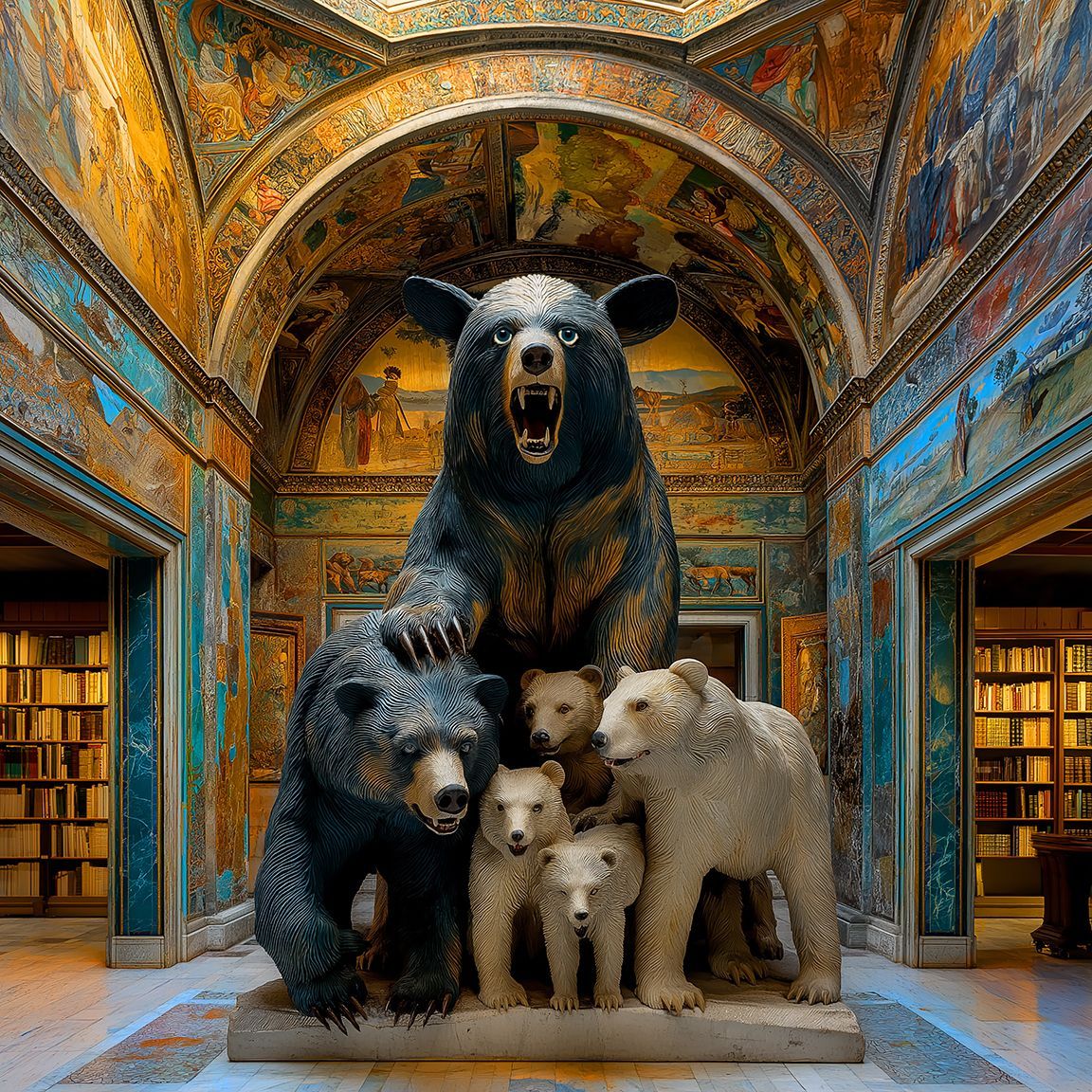
The above image is a common feature in most Koru Living Mountains during the Secondary Epoch. They are crafted mainly by taxidermists using recovered bones and other materials, mostly from the northern shores of the Huallapandu Headlands.
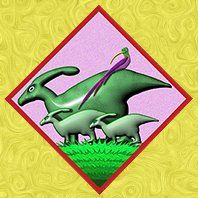
Evidence shows that after initially trying to destroy the Danta, the Suvuka underwent a profound adaptation and began to herd them. This profound shift toward greater social complexity demonstrated that they were superior in adaptive collective intelligence to all other animals on Thermistal. With a steady food source, the Suvuka became pastoralists and developed languages and other rudimentary forms of civilization. They continued domesticating other animals, leading to animals that ran with their herds.
The Suvuka communicated through a series of whistling, clicking, and other mouth noises, along with many other slapping, clapping, and snapping sounds. Evidence suggests that their pastoral clans alternated between small, mobile herds and seasonal gatherings of large populations, organized through an intricate kinship network. Their ability to communicate in language, along with clear evidence of their fashioning a series of cultures that expressed themselves through ceremony and dance, has led most to agree that they possessed a lesser version of the ‘Collective Crown.’ Notwithstanding these notable attributes, they never progressed beyond this pastoral organization, augmented by a hunting-and-gathering subsistence level, or beyond a tribal organization. Once aware of the Tolku, the Suvuka declared them mortal enemies. No matter how much Tolku's effort was put into communicating, it did not enable them to alleviate the Suvuka's blind animosity. They also proved surprisingly resistant to modification within Tatchlan, which was eventually overcome during the first Tolku Majastas Dynasty. They twice crossed over the Panchala Sea to sweep down Rho-Jashun, intent on destroying the Tolku. These are referred to as the two Suvuka ‘Onslaughts.’
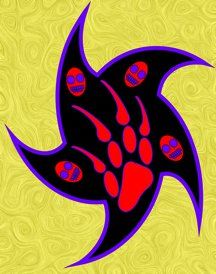
While many worked alongside Cousins in various tasks, these smaller classes of domesticated Suvuka were exclusively enjoyed as household pets.
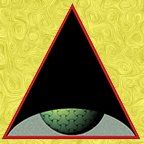
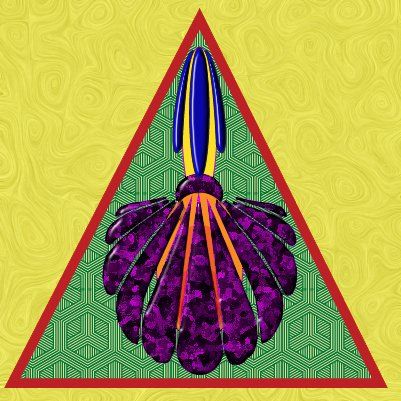
Migrant waves
As is detailed on the Koru Culture page, these survivors, known as ‘Guardians,’ came in three successive waves to the Sanctuaries of Rho-Jashun. The First Generation comprised those witnessing The Killing Swath who were close enough to reach the Sanctuaries within the first few years. The Second and Third generations were also survivors, along with their descendants, who travelled great distances from Rho-Jashun and Statos-Vey to reach the Sanctuaries. Their arduous journey through the ruins of their former civilization took several years to decades. Several small flotillas of ships also crossed the Panchala Sea from Thermistal during the early years of The Interim, forming part of The First Generation. This avenue of migration appears to have closed following the first decade due to the rise of Suvuka activity on Thermistal. Some of their harrowing tales of escaping the Suvuka by sea still survive. With minor exceptions, all the refugees arrived in these three waves, with the last migration arriving forty-one years after The Swath. History tells of a ‘Fourth Generation,’ but these were those born within the Sanctuaries who dared to rescue vital elements of the previous civilization despite Rho-Jashun being overrun by the Second Suvuka Onslaught. Their heroic journeys took place after Year 87 of The Interim.
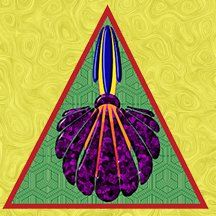
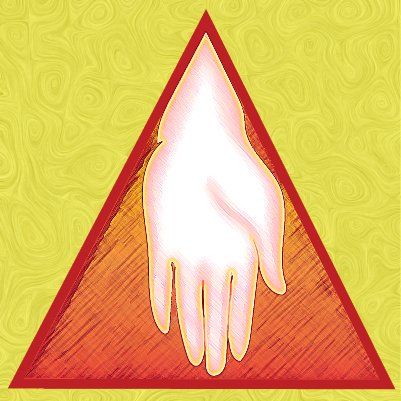
Viracocha Ministry becomes Viracocha Authority
The one Primary Epoch institution appearing to still exist in any numbers following The Killing Swath was the Viracocha District Flora Ministry of Western Thermistal. While suffering as all Tolku of Anu, apparently sufficient numbers, with full knowledge of their crops and their multitude of powers, survived. This diminished group remained within their forests and groves after the Swath came and rebuilt their lives using their specialized knowledge. A key to their success was their ability to revive their institutions swiftly and maintain their hold on all their tools of office. Before the Suvuka threat, they had begun scaling their trees to make a new arboreal life. When the refugees started to arrive in Year Eleven of The Interim with tales of a Second Suvuka Onslaught, they met a surprising welcome. What now became known simply as the ‘Viracocha Authority,’ holding fast to their professional standing and structure, could assist their ascent and began intensive instruction in the vigour and genius of these specialized trees and preparations to defend themselves against the Suvuka.
Suvuka force divided
The Suvuka were defeated in several skirmishes and one great offensive involving three groups attempting an encirclement. See the Yakku Page for details. After these defeats, the Suvuka appeared to withdraw to the Lake Teval plain. A small group eventually moved with care south and west along the coast, reaching Zaas Island, where they crossed the Panchala Sea to destroy the survivors on Rho-Jashun and Statos-Vey. The Yakku did not foresee this initiative, deeming the group little consequence. They would later formally declare regret for allowing this crossing to the Koru. This extension permitted the Three Generations of Koru to safely arrive at the Sanctuaries within the Mulungu Mountains on Rho-Jashun.
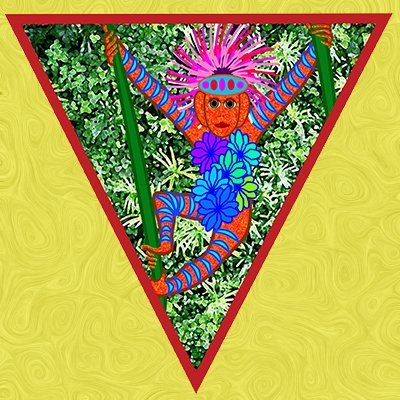
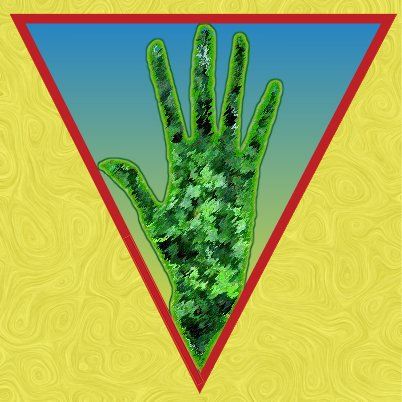
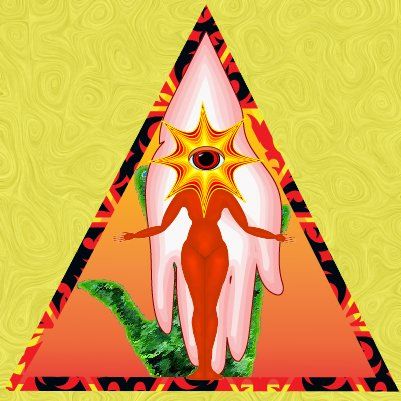
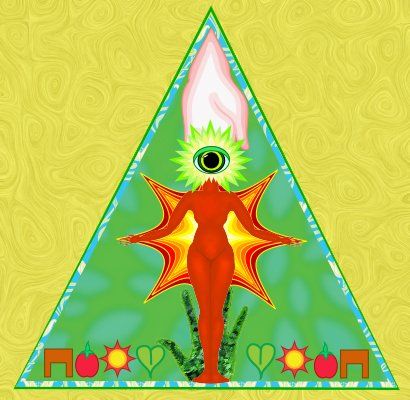
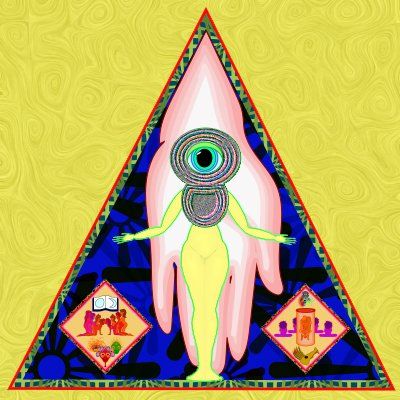
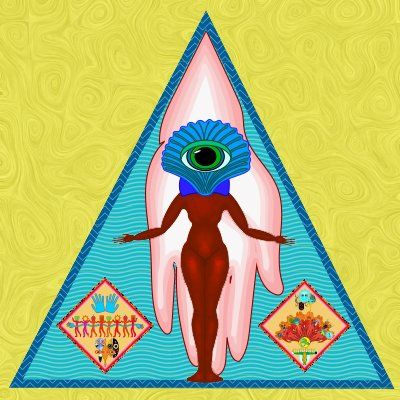
Kudurapala (Koru) Yelda
These are viewed as the ‘Second Generation’ of ‘Clarified Yelda.’ In contrast to the Sumudin, the Kudurapala are very dark-skinned and, in other ways, utterly distinctive from both Koru Yelda and the Danam Yelda of Statos-Vey. They even have a unique breed of Healing Vat on their ships.
Like the Sumudin, the Kudurapala and their Maja orient themselves with the Koru Majastas, but they mostly live on the coasts and islands off the Western Coast of Rho-Jashun. Most of Kudurapala live within the Mahamdul Naval Empire, which is based on the three large islands of Mahakomal, Mahakola, and Mahakosh. This empire traded extensively with all Anu and was a bridge between the Koru and others on Anu.
The Sumudin may be seen as emissaries and diplomats in their relations with all those outside the Koru Cluster-of-Clusters Nation. The Kudurapala are the merchants and traders serving many other interests of the Koru across the Face of Anu. Outside of Governance Ministries, they are the only population with extensive ties to the rare Invocate Clusters.
